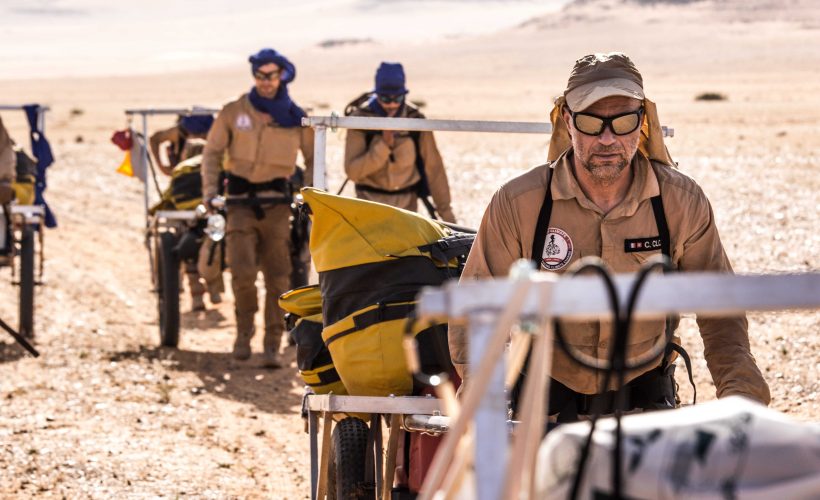Tech & Business
8.22.2017
Solar Energy in Saudi Arabia Means 7,000 New Jobs

The Middle East region is increasingly known for its developments in the renewables sector. Saudi Arabia appears to host an ideal environment for the energy transition, notably with regards to solar energy.
In Saudi Arabia, three characteristic elements guide the Kingdom’s inclination to quickly develop its solar sector. The first is its dependence on a huge petroleum reserve. The second is a vast area which is sun-kissed, on a year-long basis. The third has manifested itself recently, in a will to reorder the country’s economic status quo. This aim of this switch to solar is to successfully transform the country’s economy into a sustainable one.
This new dynamic is in line with the Kingdom’s Vision 2030, which aims to limit the country’s dependence on petrol in the 13 years to come. It is a national initiative which explains why dedicated areas, and access to the energy grid, have been made available by the Renewable Energy Project Development Office (REPDO), part of the Ministry of Energy, Industry and Mineral Resources.
Reducing the domestic dependence on petrol
While Saudi Arabia is known around the world for its oil reserves, a large part of the resource is used to meet local electricity demands. Power plants which serve the population are actually powered by petrol. Since the population has continually grown since the 1990s, its petrol consumption is also the highest, using 25% of the oil it produces.
By developing solar energy, the idea is to first reduce the Kingdom’s dependence on oil, especially considering that the price of the barrel has plummeted. Second, the Kingdom seeks to mark its place on the worldwide scene, and to make an impact on the global export market.
“We don’t just want to bring in companies that open up manufacturing facilities at a very high premium, which the consumer will end up paying. We want to ensure that whatever they are opening is competitive, that it can compete globally for exports,” said Turki al- Shehri, who heads REPDO.
7,000 New Jobs Expected
By 2020, the Ministry of Energy, Industry and Mineral Resources hopes to draw 3.45 gigawatts of their total consumption of energy from solar plants and wind turbines. Bidders on these new projects must spend 30 percent of the capital they invest into home-grown workers and companies, according to Turki al-Shehri.
The second objective of the extensive renewables plan is to succeed in harnessing new talents, via investing in education. Hopes are that this will encourage the youth to focus on scientific and technological subjects, responding favorably to the country’s need for engineers.
popular

